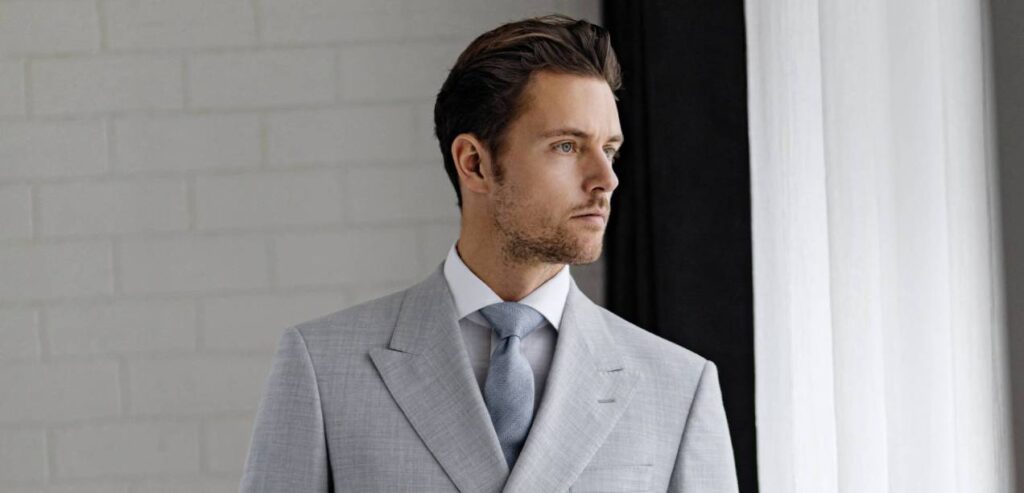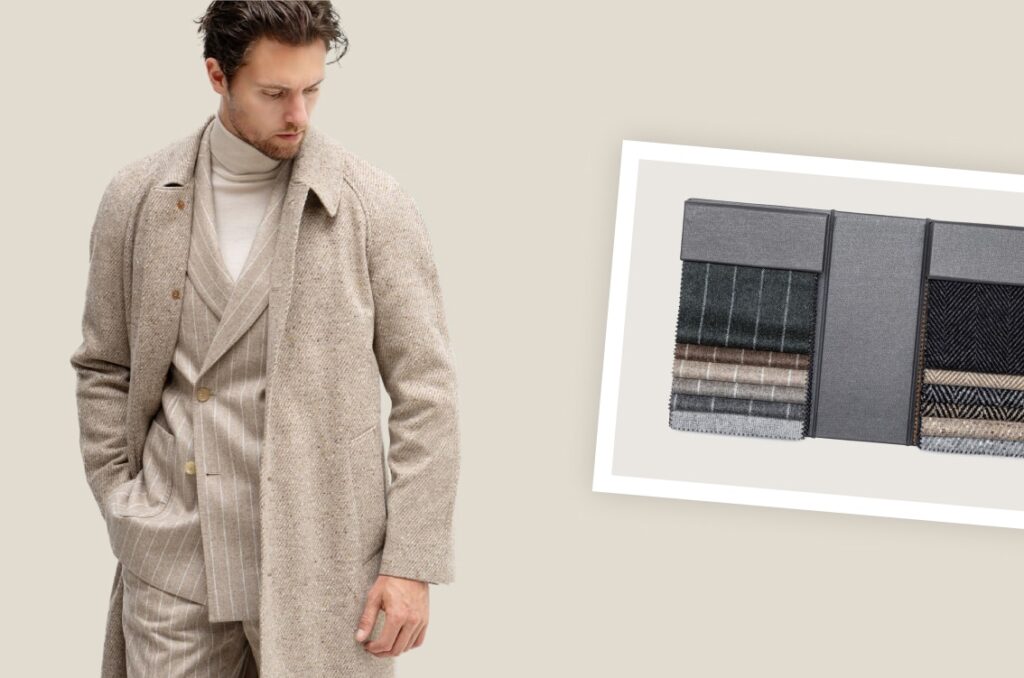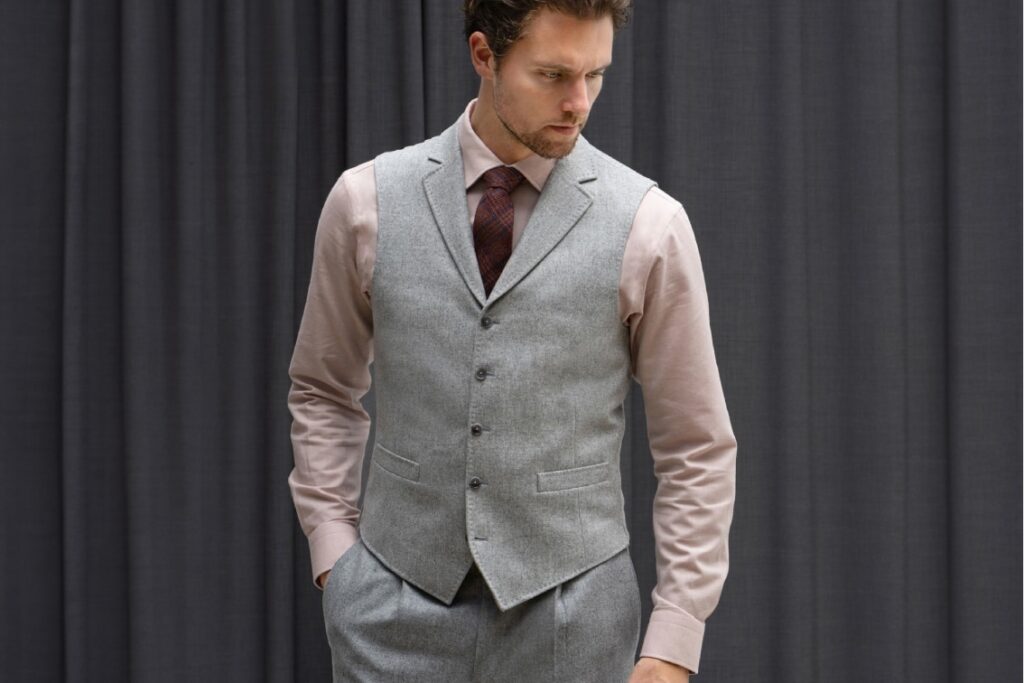The challenge of protecting ourselves from the elements is as old as man himself. In the case of rain, what we know as a “mackintosh” has a history that goes back to the Vikings who insulated their clothes with animal oil, the North American Indians who used animal fat or the Incas who used resin from the rubber tree.
The industrial revolution would add chemical additives and the leap in quality came from the use of leftovers from steel production when a Glasgow chemist, Charles Macintosh, used naphtha, a by-product of tar, as a rubber solvent to create an efficient glue for joining and bonding two woollen fabrics by passing them through a roller. He patented this process in 1823. It wasn’t a success because the heat prevented the materials from being used properly and made it difficult to sew them together. It was after 20 years that the optimal solution was achieved with the patent for vulcanisation.
The mid-19th century saw a breakthrough in waterproofing techniques, with solutions coming from the needs of maritime navigation, both in waterproofing sails and crew clothing. Around 1879 Thomas Burberry patented the gabardine, a waterproof cotton twill fabric that, warped diagonally, protected against the cold and made raindrops slide off.
A crucial step in the breathability of waterproof fabric was taken in 1930, when John Barbour & Sons began using paraffin wax and achieved a high-performance fabric that was waterproof, breathable and protective at the highest level. At the end of the 20th century, the technological revolution of Gore Tex, a fabric whose mesh is smaller than a water molecule but larger than a water vapour molecule, made the leap to the 21st century, where the offer is of anti-wind and anti-rain jackets, extremely light and with the elegant fall that captivates our taste. Then you have to choose the most attractive model, from the longest Chesterfield trench coat to the shortest Peacoat trench coat, as our allies against the winter weather.
But if the days aren’t rainy and it’s just cold, the executive man can’t do without his winter lifesaver: The Overcoat.
Born at the end of the 18th century, the overcoat was a key part of a gentleman’s wardrobe. Often linked to the more formal dress code, it represented professional or military status, in a style that with very few additions or alterations adapted to the various trends of the time.
During the Regency, the overcoat was belted to the body, often fastened/crossed with seams at the waist and with a generous hem. It grew in popularity and reached the working class, becoming wider to respond to a new consumer and accommodate different lifestyles.
Widely used by the army and navy until the 1950s, it was eventually abandoned by them for reasons of mobility in combat, but it didn’t leave social wardrobes, on the contrary: it gained must-have status.
The British Teddy-Boy subculture adopted the overcoat in an iconic way, and other subcultures like the Skinheads or the Swedenheads haven’t abandoned the symbolism of the overcoat. Today, this time-honoured classic is the expressive garment of winter days, because it covers everything and yet reveals what we want others to know about us.
A lover of quality suits or blazers should have more than one overcoat in their wardrobe for that very reason. Investing in a good overcoat ensures that wherever you are, your signature style and elegance will be imprinted.
The tailor-made overcoat is not only an important factor in the balance and harmony of the silhouette, but it is also a way of adapting to time and space. The original models accept a wide variety of style options and can be made in a huge range of patterns and colours, depending on whether you can afford it or just want to use it.
You can choose from woollen overcoats, cashmere or vicuña, or opt for the trendy mix of wool and elastane, which the market calls travel, given its anti-wrinkle properties and high resilience to movement. Open your wardrobe and, if you can’t find any overcoats, it’s time to go to your tailor and touch the quintessence of style, which is “having” your overcoat made.


